Better Hearing Blog
Come join us for our Open House! October 10th & 11th from 9am – 4pm
Visit us during our upcoming open house, on October 10th & 11th from 9am to 4pm. We’ll be celebrating 60 years in business with discounts on selected hearing aids, a ‘lunch and learn’ session, a flatscreen TV giveaway (no purchase necessary) and more!
‘Lunch and Learn’ details:
When: Oct. 10th from 11am-1pm
What: Join us to learn about hearing loss and new technology. Space is limited – call now to reserve your spot!
Note, we will be closed Columbus Day Oct. 9th.
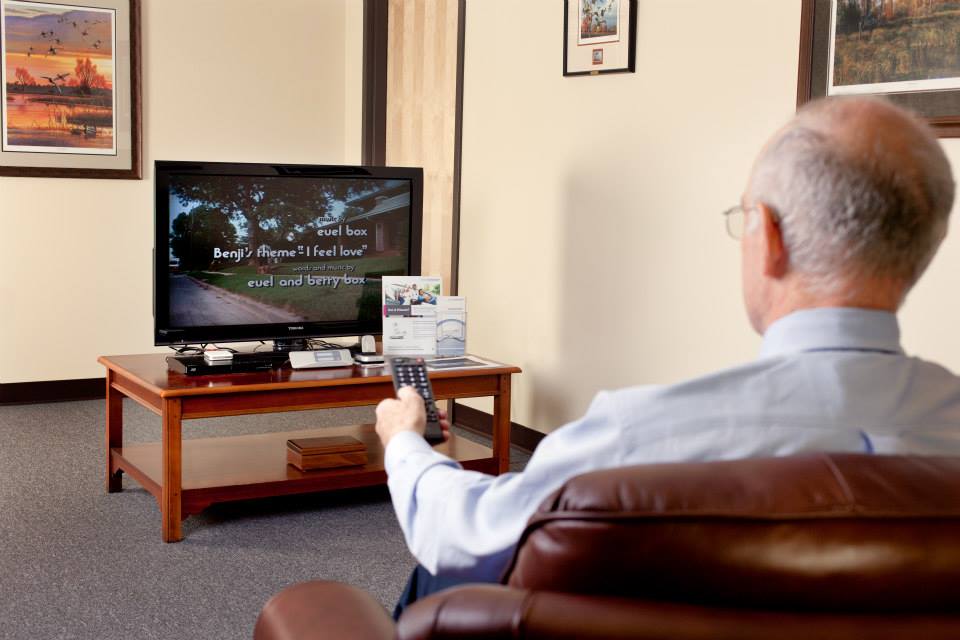
Age-Related Sensory Loss
Older individuals who are experiencing hearing loss may want to schedule an appointment with the ophthalmologist after they have their hearing tested. According to a study of nearly 2,000 adults with an average age of approximately 70, those with hearing loss were more likely to also have vision loss, and vice versa. It seems that cataracts and age-related macular degeneration (ARMD), the two most common causes of vision loss in older individuals, are both independently associated with hearing loss. Researchers hypothesize that there may be a number of reasons for this link. Both conditions are regular consequences of aging, and both share common risk factors such as smoking, hardening of the arteries, and diabetes.
Approximately one in three people between the ages of 65 and 74 has hearing loss and nearly half of those older than 75 have trouble hearing. Hearing loss can make it hard to understand and follow a doctor’s advice, to respond to warnings, and to hear doorbells and alarms. For more information, please call BETTER HEARING CENTER. Future consultations and hearing aid maintenance will ensure that your hearing care experience continues to satisfy you. New Hampshire’s premier hearing care provider.
P.S. According to the study mentioned above, for each line of the eye chart that a study participant could not see, there was an 18% (for the visually impaired) and 13% (for the best-corrected visually impaired) increase in the likelihood of hearing loss.
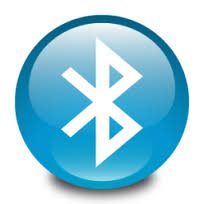
Bluetooth Connectivity
Judging by how much young people rely on their smart phones, tablets, and other electronic devices to stay connected, they may envy the Bluetooth capabilities of their parents’ and grandparents’ hearing instruments. Bluetooth is a wireless communication platform that allows for the transfer of data between two or more electronic devices. It can be accessed by Bluetooth-enabled hearing instruments through a compatible assistive listening device (ALD), known as a “streamer,” or a smart phone. The audio signal can usually be set to stream to one or both hearing instruments and can be amplified and shaped to match the hearing aid’s personalized settings. In the case of a music player, the hearing instruments effectively become a set of wireless ear buds.
If you currently own hearing aids, chances are good that your hearing aids are already Bluetooth compatible. For more information, please call BETTER HEARING CENTER. We are the only hearing center that has served the Concord, New Hampshire, area for more than 55 years. Don’t put off the enjoyment of the sounds in your life any longer. New Hampshire’s premier hearing care provider.
P.S. Apple’s patented Bluetooth connectivity with hearing instruments enables certain hearing aids to communicate directly with the iOS platform that runs iPhone, iPad, and iPod Touch devices.
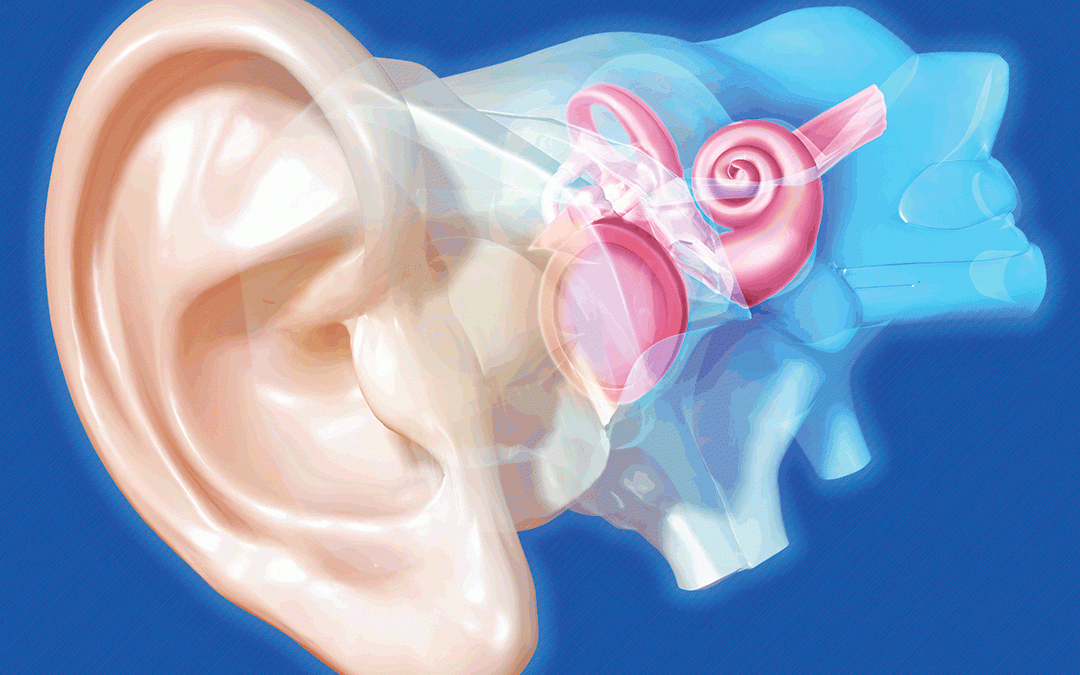
Osteoporosis and Hearing Loss
Osteoporosis, a bone-thinning disease that is associated with declining bone density and fractures, has recently been linked with “sudden onset hearing loss.” This type of hearing loss, which usually occurs in one ear, either all at once or over a period of a few days, is usually “idiopathic” (meaning the cause is never known). However, this new finding that those with osteoporosis are 76 percent more likely to develop sudden onset hearing loss may help explain the cause of some cases. While the study does not prove a definite cause-and-effect relationship between osteoporosis and sudden onset hearing loss, it is thought that inflammation and/or mineral loss in the three tiny bones of the middle ear may play a role. Osteoporosis, a bone-thinning disease that is associated with declining bone density and fractures, has recently been linked with “sudden onset hearing loss.” This type of hearing loss, which usually occurs in one ear, either all at once or over a period of a few days, is usually “idiopathic” (meaning the cause is never known). However, this new finding that those with osteoporosis are 76 percent more likely to develop sudden onset hearing loss may help explain the cause of some cases. While the study does not prove a definite cause-and-effect relationship between osteoporosis and sudden onset hearing loss, it is thought that inflammation and/or mineral loss in the three tiny bones of the middle ear may play a role.
It is important that people who have osteoporosis stay vigilant in caring for their hearing. If you’d like to learn more, see your hearing health provider. To schedule a hearing assessment, please call BETTER HEARING CENTER. We perform hearing tests, fit patients for hearing aids, and provide one-on-one consultations, among our other services. New Hampshire’s premier hearing care provider.
P.S. The three tiny bones (“ossicles”) of the inner ear, the “malleus,” “incus,” and “stapes,” transmit sounds to the inner ear.
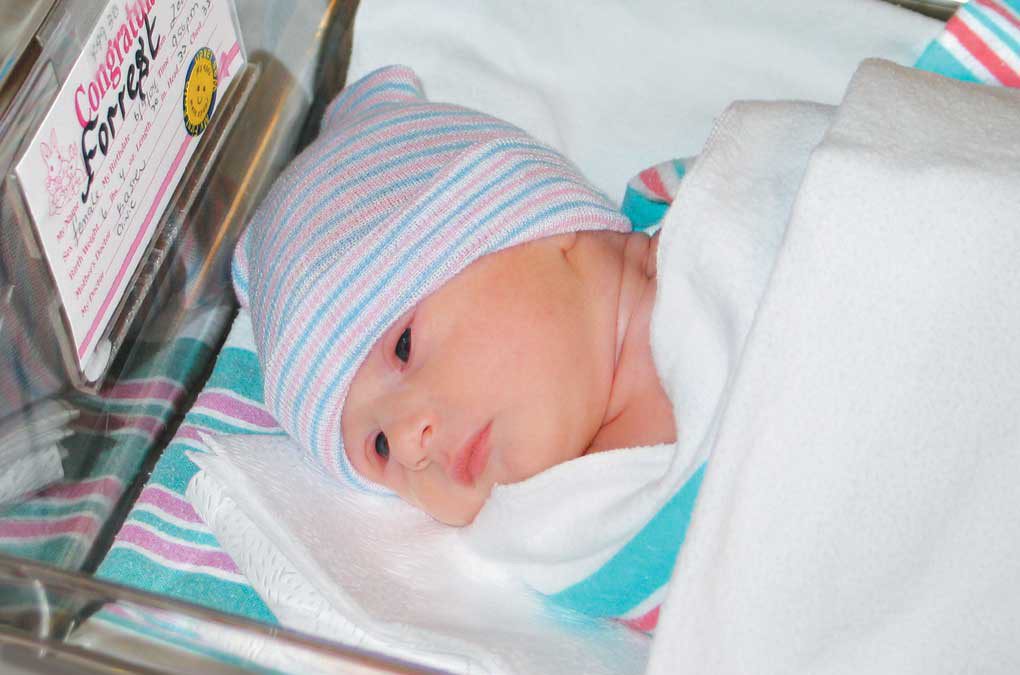
Newborn Screening
In order for babies to have positive speech, language, and listening outcomes, infants must undergo hearing-loss screening. For those who don’t pass initial screenings, the most critical diagnostic test is the Auditory Brainstem Response (ABR) test. An accurate and reliable predictor of hearing loss in infants, this simple, non-invasive procedure measures electrical impulses as a means of providing important information on a child’s auditory system. Simply put, ABR measures how sound travels through specific anatomical sites that act as “relay stations” along the auditory pathway, from the outer ear to the brainstem. The ABR measurement provides information on the degree, type, and configuration of a hearing loss, thereby allowing the infant to be fitted with a hearing instrument when needed.
The most important time for a child to learn language is in the first three years of life, when the brain is developing and maturing. Research suggests that children with hearing loss who get help early develop better language skills than those who don’t. To schedule an appointment, please call BETTER HEARING CENTER today. As the only hearing center that has served the Concord, New Hampshire, area for more than 55 years, we are New Hampshire’s premier hearing care provider.
P.S. Infants under the age of 6 months generally do not need sedation to undergo Auditory Brainstem Response (ABR) testing.
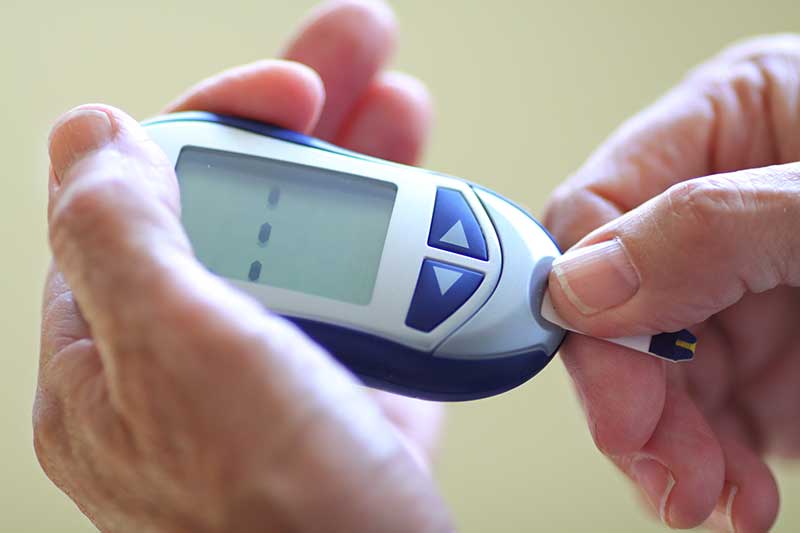
Treating pre-diabetes may spare a pre-diabetic’s hearing.
It is estimated that 86 million Americans (more than one out of three) has “pre-diabetes,” which develops before type-2 diabetes. Moreover, 90 percent of these individuals are unaware that they are pre-diabetic. Pre-diabetes is characterized by blood glucose levels that are higher than normal but not yet high enough to be diagnosed as diabetes. Fortunately, research shows that if people take action to manage their blood glucose when they have pre-diabetes, they can delay or prevent type-2 diabetes. Why is this important? Among other things, the National Institutes for Health (NIH) reports that hearing loss is about twice as common among diabetics as those who do not suffer from the disease. Treating pre-diabetes, therefore, may spare a pre-diabetic’s hearing.
Keep in mind that because noise is generally a factor for hearing loss, it’s possible that people with diabetes are particularly susceptible to the negative effects of sustained loud noise. To schedule an appointment, please call BETTER HEARING CENTER. Your choice of hearing care professionals is a critical, long-lasting decision. Future consultations and hearing aid maintenance will ensure that your hearing care experience continues to satisfy you. New Hampshire’s premier hearing care provider.
P.S. One in three diabetics will have trouble with their hearing because of complications from their elevated blood glucose.
